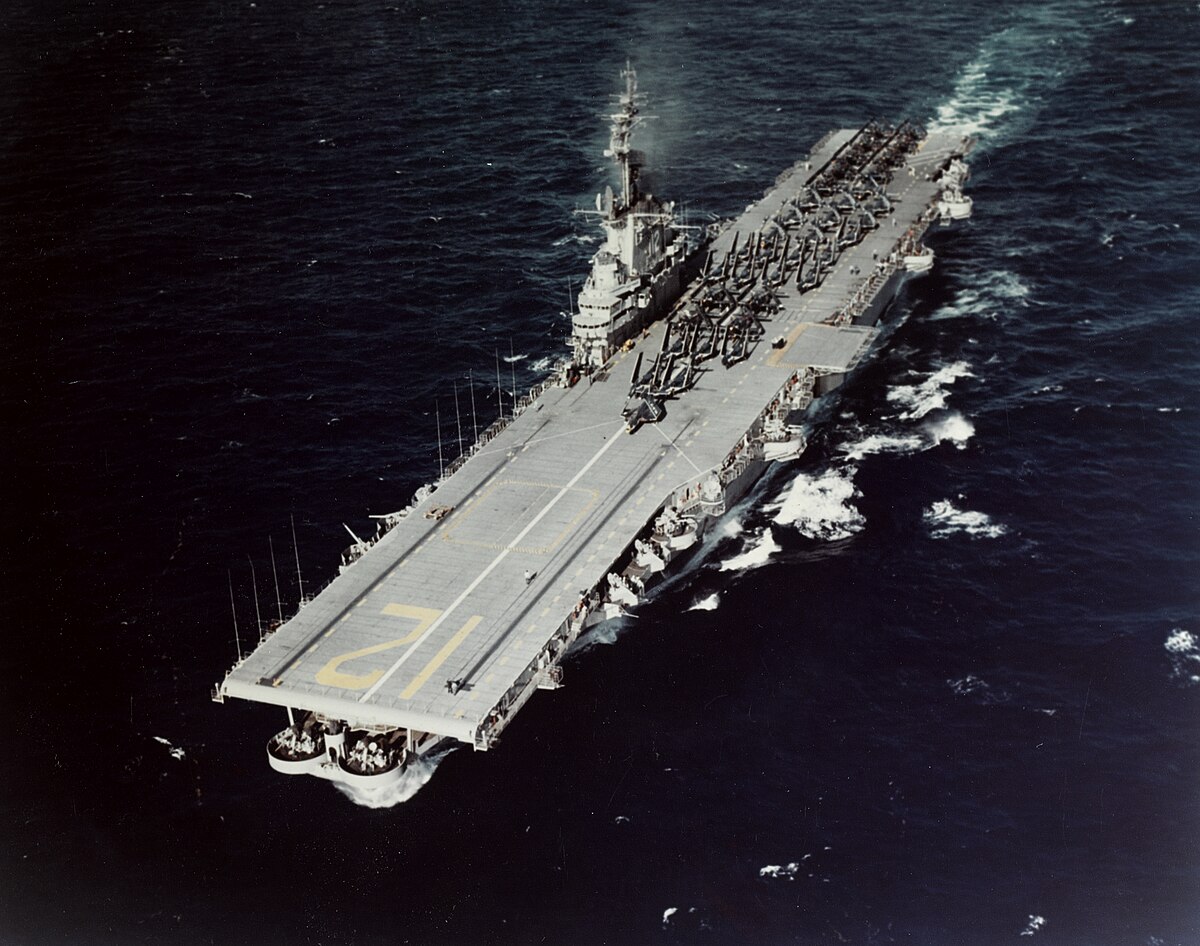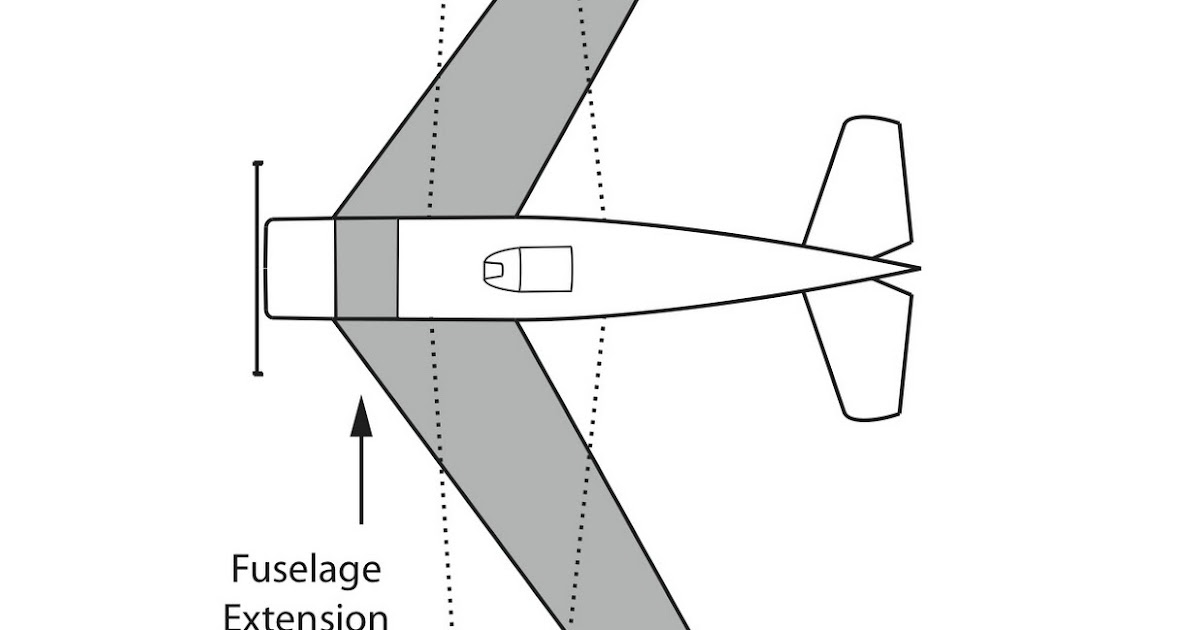davparlr
Senior Master Sergeant
I had written before that the Navy seemed to have been caught in a WW2 mind set when it came to developing fighter aircraft. To a degree it was understandable. They had a slew of large aircraft carriers including the new Midway class carriers. The Navy was aware of the new jets that were coming but failed to grasp the speed at which air combat would change with the second generation jet fighters, the XP-86 and Mig-15. The first generation jet aircraft were not a significant jump over the latest propeller aircraft (the XP-72 would do 490 mph, and the F5U-5N would do 470 mph) whereas the first gen jets barely made 550 mph, although the hint was there where the XP-84 set a US speed record of 611 mph in 1946. When applied to Naval operations, these new jets had significant problems; first, they accelerated very slow from start which is not good for a limited deck, and, more significantly, landed very fast. These last two were not compatible with the normal operations of aircraft carriers, not even the latest. With limited post war funds, the AF was taking money away from the Navy because it had the only way to deliver the new atomic bomb deep into enemy territory, the Navy decided to procure low risk carrier compatible jets, like the North American FJ1 Fury. The answer, however, was staring them right in the face, but they didn't see it. Right next to the North American FJ-1development, but a year behind, was the XP-86, which would make all other American developing fighters obsolete. But horrors, it was a AF development, with unproven swept wings. It would never be able to take off from a carrier and would be way too fast to land. But they turned away too fast. Catapults were well known by the Navy and would solve the take off problem, and it turns out that the F-86 stalling speed was identical to the F2H-2 Banshee and less than the F9F-4 Cougar, both straight wing aircraft. Low speed maneuverability? Modifying flight control surfaces was a reasonable way to correct any issues. Had the Navy looked forward, abandoning the FJ-1, cancelling either the F2H or the F9F and put the money and effort into the FJ-2 (navalized F-86). It's not unreasonable that the FJ-2 could have flown one year past the F-86, or October, 1948. Two years of corrections of deficiencies and the upgraded FJ-2 could have been ready for deployment, certainly with the Marines and most likely carrier borne, the Navy pilots would be eager and with capable jets would be available to get at the Migs, by late1951, maybe earlier. North American production quantity may have been an issue. In June, 1950, the U.S. Navy was not prepared for an air control war and relied on the U.S. Air Force for that. Can you imagine what the FJ-2s would have made for Naval/Marine aviation in Korea?
As a result, very capable and talented Navy pilots sat on the sidelines of air-to-air combat in Korea, they did provide heroic ground support missions, while AF pilots engaged the enemy fighters. There was only one Navy ace, who flew a night fighter, all the other aces were AF pilots in the F-86. Marine pilot John Glen got three kills flying F-86s.
As a result, very capable and talented Navy pilots sat on the sidelines of air-to-air combat in Korea, they did provide heroic ground support missions, while AF pilots engaged the enemy fighters. There was only one Navy ace, who flew a night fighter, all the other aces were AF pilots in the F-86. Marine pilot John Glen got three kills flying F-86s.


